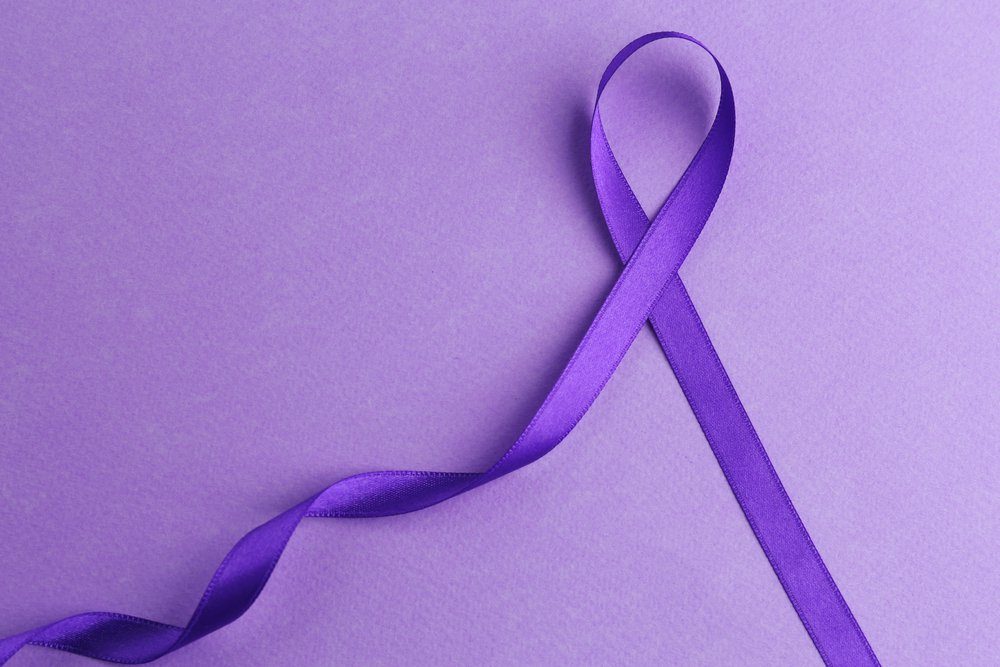This Is Why Pancreatic Cancer Is So Hard to Treat
Pancreatic cancer is difficult to treat largely because the early signs are vague, the cancer is highly aggressive and no screening test exists yet. But the future is starting to look hopeful.

The truth about pancreatic cancer
When Jeopardy! host Alex Trebek announced that he has late-stage pancreatic cancer, fans were stunned. The cancer is incredibly tough to beat, though Trebek is optimistic. “Normally, the prognosis for this is not very encouraging, but I’m going to fight this, and I’m going to keep working,” he said during a YouTube video. “With the love and support of my family and friends and with the help of your prayers also, I plan to beat the low survival rate statistics for this disease.”
Pancreatic cancer is a stealthy and often lethal opponent: in Canada, the five-year survival rate is just eight per cent—the lowest survival rate of any form of cancer. Other notable people who have succumbed to pancreatic cancer include Michael Landon, Steve Jobs, and Patrick Swayze.
Pancreatic cancer spreads rapidly in part because of its location: deep in the abdomen and adjacent to other vital organs. This gland generates enzymes that help your digestion and hormones that control blood-sugar levels. When a tumuor forms in the pancreas, it can easily spread to other parts of the body. “Pancreatic cancer tumour cells are extremely resilient and aggressive. Even small tumours are likely to have spread to other organs by the time we make a diagnosis,” explains Timothy Donahue, MD, chief of the division of surgical oncology and professor of surgery at the David Geffen School of Medicine at UCLA.
An estimated 5,500 Canadians were diagnosed with pancreatic cancer in 2017, according to the Canadian Cancer Society. Risk factors include long-standing diabetes, chronic and hereditary pancreatitis (inflamed pancreas), smoking, advanced age, obesity, and a diet that is high in red and processed meats.
“The early signs of pancreatic cancer are somewhat vague and don’t necessarily prompt a work-up by a doctor,” says Dr. Donahue. The list of symptoms includes abdominal or back pain, weight loss, loss of appetite, or nausea. Jaundice—yellowing of the skin—can be a sign if the tumour blocks the bile duct at the head of the pancreas. These are just some of the pancreatic cancer signs to watch out for.
Still, it’s not all doom and gloom, says Nathan Bahary, MD, PhD, an associate professor at the University of Pittsburgh School of Medicine and a medical oncologist and hematologist at the UPMC Hillman Cancer Center, where he also serves as the medical director of the Pancreatic Cancer Center. “Survival is now nine per cent [in the United States], up from four per cent. That’s progress.”
This cancer may also be linked to a genetic mutation in the BRCA genes, similar to breast cancer. That means it may respond to directed treatments. One targeted therapy—Lynparza (olaparib)—performed well in a preliminary study of 154 people with a BRCA mutation. “This is promising,” Dr. Donohue adds.
Cancer specialists are also experimenting with chemotherapy combinations and treating the cancer before surgery, says Dr. Bahary. “In the next five years, I hope we will double the survival rate, and in 10 to 20 years, I hope we find a way to detect it early and find better ways to treat spreading disease,” he says. “I am very hopeful that—with people like Alex Trebek speaking out—it will lead to more funding and more cooperation between institutions, and from there we will make progress.”



